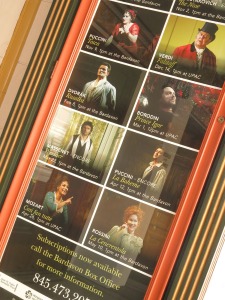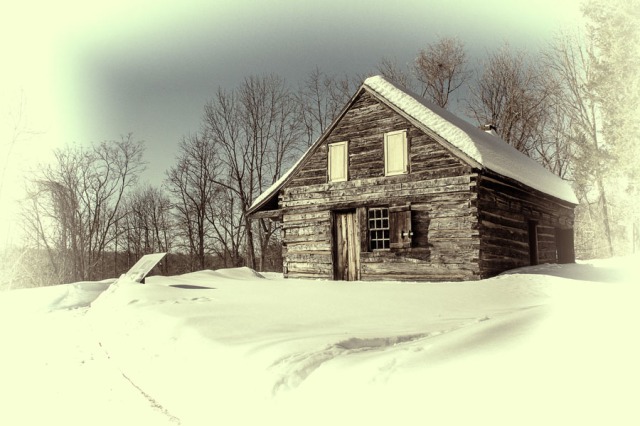Sunday saw two anniversary celebrations among the arts community on the Mountain Top. In Haines Falls, the Mountain Top Historical Society threw a party for its fortieth anniversary. Ice cream, cake, lemonade, and ice tea were offered for our enjoyment, and top-notch music from the fifties performed by the Rhythm and Blues Band ensured that it was great fun to “twist gain, like we did last summer” — or perhaps more summers ago than I care to count…. Earlier in the day, Larry Tompkins gave a presentation on historic Windham. Alas, other commitments meant I had to miss this, but MTHS President Cyndi LaPierre assured me that it was well attended.
The MTHS has the friendliest, most dedicated, and most knowledgeable people you can imagine. Stop into their colorful headquarters the next time you’re driving along Route 23A — you can find details on their website — and while you’re there, check out my photography exhibition “Natural and Historic Landscapes,” open through Labor Day weekend!
The other celebration was taking place in Tannersville, where the Tannersville Antique and Artisan Center was celebrating the first anniversary of being in business. The place was alive with well-wishers, and I also met some of the regulars whose work is for sale there, including photographer Francis Driscoll and local historian/author John Ham. Rick Thomas has done a superb job of bringing together gifted regional artists and collectors to a bright, friendly venue where you’re sure to find something you’ll want to buy, for yourself or for a gift.
In Hunter I stopped into the Kaaterskill Fine Arts & Crafts Gallery for a preview of a truly
eye-opening photography show that’s opening this weekend. Carolyn Bennett is always on the lookout for interesting artists to showcase, and this time she has managed to find three photographers whose work really pushes the envelope as to what can be done in the medium. Palenville’s Dan Burkholder I’ve been familiar with from Facebook and his website and was glad for this opportunity to see some of his fine work “in person.” While I was there I met Vincent Bilotta, also from Palenville, who was busy hanging his portion of the exhibit. The third photographer is Fawn Potash from Catskill and I look forward to being able to study her work more closely.
The opening reception for “Light Sensitive” is this Saturday August 16, 2 to 4 pm at the Kaaterskill Fine Arts & Crafts Gallery, Route 23A in Hunter. Hope to see you there!

































